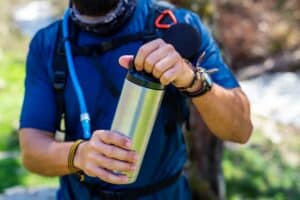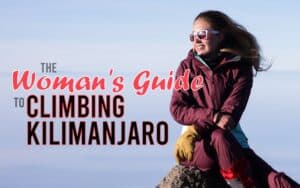Climbing a peak as tall as Mount Kilimanjaro requires a good amount of preparation.
In this article, we discuss what you need to do before you arrive in Tanzania.
- Kilimanjaro Gear
- Physical Training
- Altitude Training
- Tanzania Entry Requirements
- Medical Check
- Vaccinations & Medications
- Travel Insurance
- Travel to Tanzania
Kilimanjaro Gear
There are five ecological zones on Mount Kilimanjaro, each with its own climate and weather characteristics. Climbers are required to have the right gear to stay warm, dry and comfortable in a wide range of weather conditions.
Typically, it is warm and humid in the rainforest, at the start of your trek. Then as you climb higher, it becomes colder and drier in the moorland and alpine desert zone. The summit can be extremely cold and windy, as being in artic zone would suggest.
Climbing Kilimanjaro is like hiking from summer to winter in a matter of days. Your apparel will reflect this as well. You will need technical clothing such as a waterproof jacket, fleece jacket and several baselayers. Cold weather gear such as hats, gloves, down jacket, and a warm sleeping bag are essential.
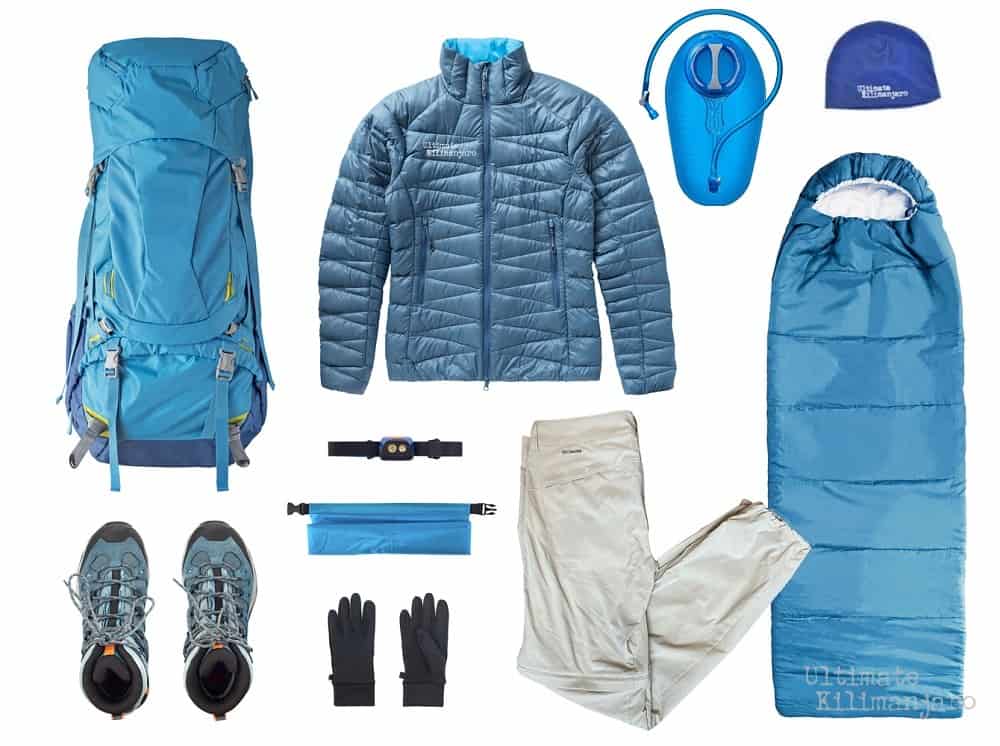
The Ultimate Kilimanjaro gear list contains everything you need to climb Kilimanjaro.
You are responsible for bringing personal gear and equipment while communal equipment (tents, food, cooking items, etc.) is provided.
For clients who have hiking and backpacking experience, you will already have most if not all of the gear on the list. If you are starting from scratch, then it will take some time and money to assemble the items. Also consider renting gear from shops or borrowing gear from friends if possible to reduce the cost.
Physical Training
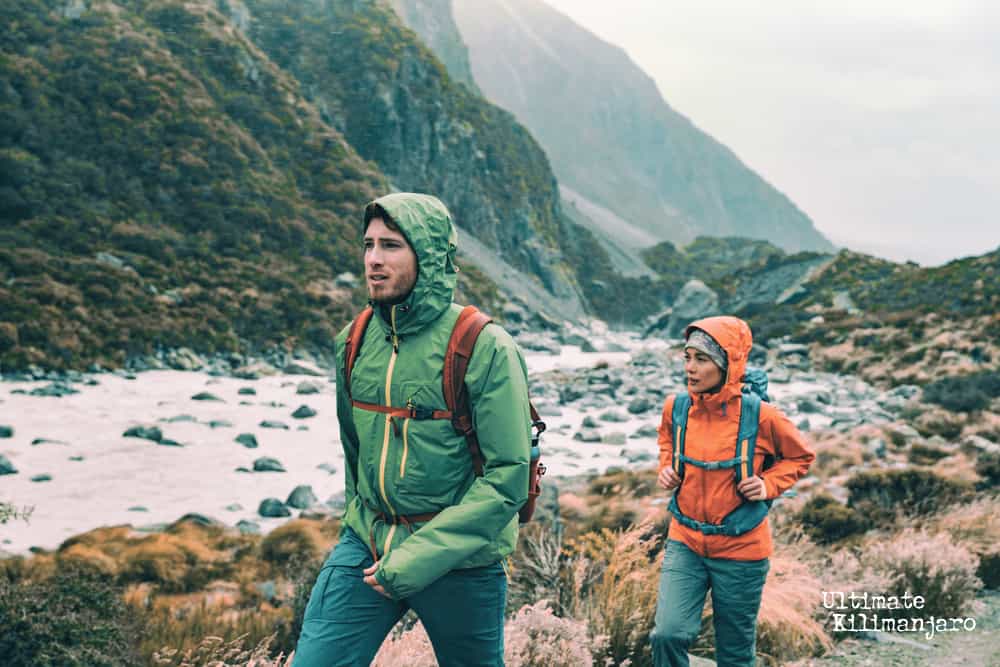
For most people, having an adequate fitness level for the climb is their biggest concern.
We completely understand. You are venturing into the unknown and aren’t sure how much effort is required to climb Kilimanjaro.
Our best advice is to train seriously and come to Tanzania in the best hiking shape possible. If you do this, you will know that you gave yourself the greatest chance of a safe and successful climb.
We recommend training for at least two months prior to your departure. For those who are new to hiking, it would be smart to train longer. For those who are regular hikers, you will likely perform fine just keeping your regular routine. Doing day hikes is a great way to prepare though it’s entirely possible to train exclusively on a stair master machine if you don’t have access to trails.
Altitude Training

Acclimatizing to the high altitude is the key to climbing Kilimanjaro.
In fact, a person who is in phenomenal shape but can’t acclimatize will perform worse than a person who is in poor shape but acclimatizes well.
There are things you can do to pre-acclimatize, or prepare for high altitude, before your climb. For instance, you can spend some time at high altitude immediately before your trip. If that is impractical due to timing, you can take a trip or two to high elevation destinations and hike – just to test your body’s response. You can also use an altitude training system and pre-acclimatize in your own home.
Most of our clients do not pre-acclimatize and still do very well on the mountain. So don’t worry if you can’t get high altitude training or exposure during your preparation.
However, we strongly recommend longer routes like the 8 day Lemosho or 9 day Northern Circuit for nearly everyone. Adding days to your climb will almost always improve your probability of summiting because it allows for more time to acclimatize.
Tanzania Entry Requirements

A valid passport and visa are required for most nationalities to enter Tanzania, including United States, United Kingdom, Canada, Australia and New Zealand passport holders.
Medical Check

We do NOT require a medical check to participate on our climbs.
But, it is a good idea to be medically cleared for climbing by your doctor. Your age, fitness level, health, and pre-existing medical conditions may preclude you from high altitude trekking.
Our minimum fitness requirements are that each climber must have a resting heart rate of under 100 beats per minute.
Vaccinations & Medications

There are NO mandatory vaccinations, immunizations or medications to enter Tanzania.
However, the Center for Disease Control and Prevention (CDC) recommends many vaccines for travel to East Africa. We encourage you to discuss your travel plans with a medical professional to determine which vaccinations and medications you should get.
Travel Insurance

Travel insurance is required to participate on our trips.
Standard travel insurance provides coverage for trip cancellation, interruption, and delay; lost, stolen and damaged baggage; medical expenses and emergency medical evacuation; and luggage delay.
Your travel insurance must also cover high altitude trekking up to 6,000 meters. This insurance will make you eligible for rescue by helicopter from Kilimanjaro MedAir, a private company.
Clients must be able to provide proof of insurance to staff upon request or they will not be allowed to participate.
Travel to Tanzania
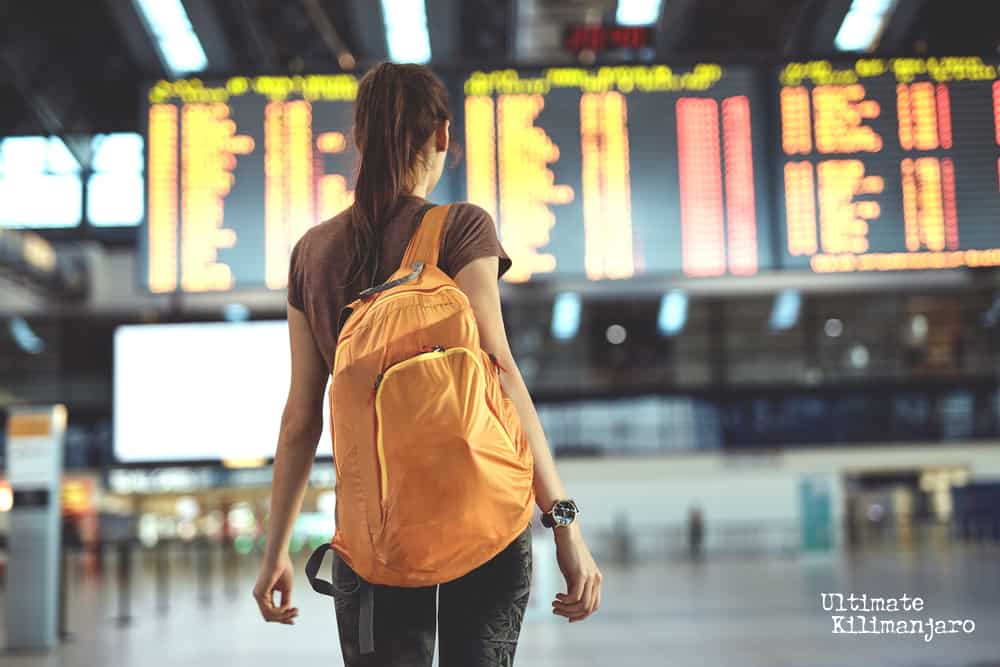
Our climbs begin and end in Moshi which is readily accessible via Kilimanjaro International Airport.
Moshi is a coffee-producing town in northern Tanzania that is known as a gateway to Kilimanjaro National Park. What makes Moshi an ideal home base for Kilimanjaro climbs is its convenient location near the base of the mountain and close distance (25 miles) to the airport.
There are regular flights into Kilimanjaro International Airport (airport code: JRO), serviced by KLM/Delta, Qatar Airways, Lufthansa, Ethiopian Airlines, Turkish Airlines, and more.
We can arrange for pick up and drop off at the airport by request.
Kilimanjaro Preparation Check List
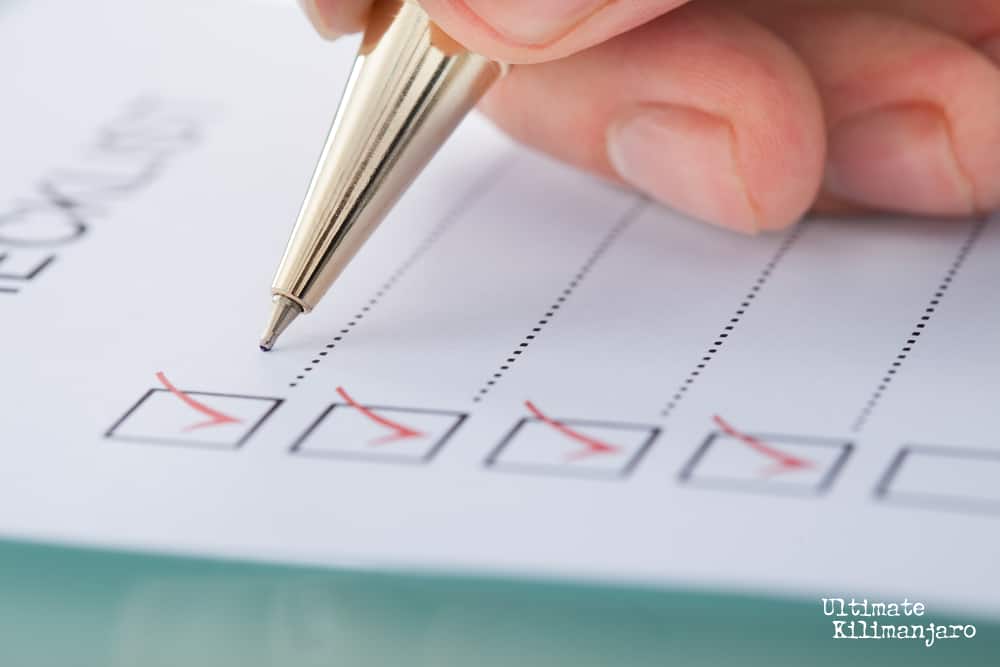
- Do you have all of the required gear from our gear list?
- Have you trained for your climb?
- Do you have a valid passport and visa?
- Are you medically cleared to climb Kilimanjaro?
- Have you obtained the recommended vaccinations, immunizations and medications?
- Have you purchased the required trip insurance?
- Have you booked your flights?
Recent Climb Preparation Blog Posts
- Kilimanjaro Summit Night: 10 Tips for Success
- How Hard is it to Climb Kilimanjaro?
- Boost Oxygen Review: Does it Work?
- Water Bottles and Water Bladders on Kilimanjaro
- The Beginner’s Guide to Climbing Kilimanjaro
- 8 Ways to Prevent Injuries on Mount Kilimanjaro
- The 10 Biggest Misconceptions About Climbing Kilimanjaro
- The Woman’s Guide to Climbing Kilimanjaro
























































